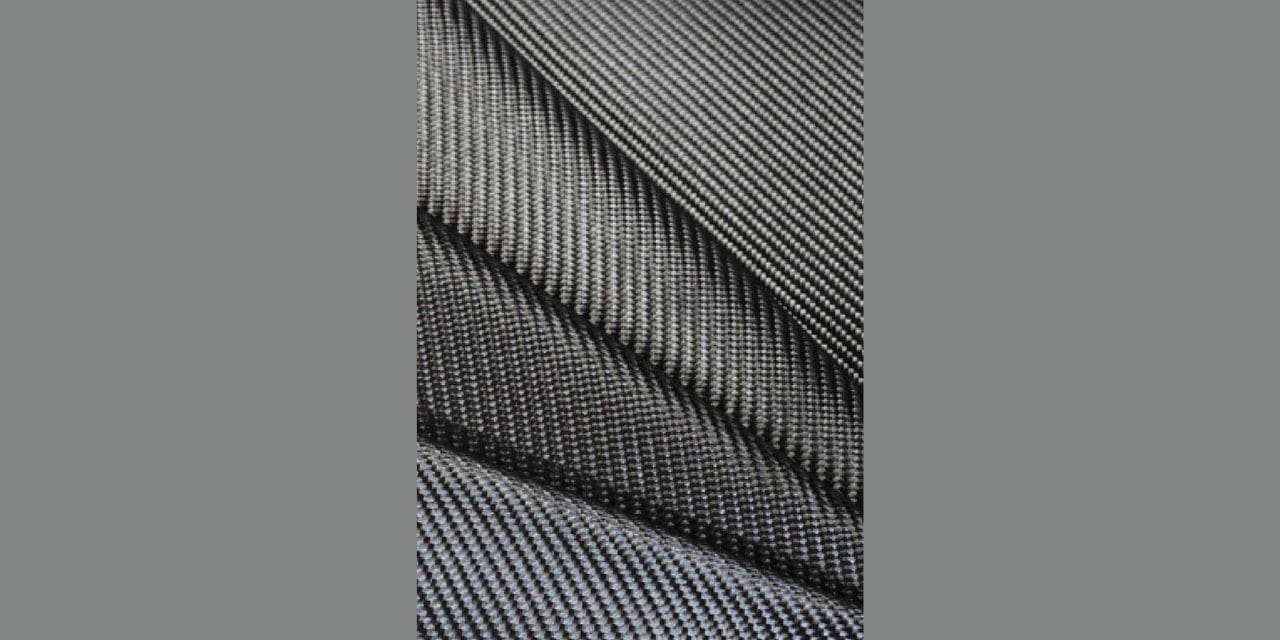The publication “Global 3D Woven Fabrics Market: Analysis By Product Type, By Fibre Type, By End-User, By Region Size and Trends with Impact of COVID-19 and Forecast up to 2028”
After reaching a value of $117.89 million in 2022, the global market for 3D woven fabrics is predicted to reach $237.31 million by 2028, indicating substantial growth.
Due to their distinctive aesthetic and functional qualities, 3D woven fabrics are becoming more and more in demand in developing markets including fashion, protective gear, and medical textiles. Furthermore, growing interest in sustainable solutions is being driven by growing awareness of how traditional industrial practises affect the environment, which is driving the market’s rise.
3D Woven Fabrics: A Three-Dimensional Textile Revolution
In order to give textile constructions a three-dimensional look and improve their mechanical qualities, three sets of strands are interlaced to create 3D woven fabrics. In contrast to traditional two-dimensional textiles, these materials have greater strength and intrinsic thickness, which makes them appropriate for a wide range of industrial applications.
Market Segmentation Analysis
- By Product Type: The 3D woven fabrics market is categorized into four product types: Solid, Hollow, Shell, and Nodal. The solid segment holds the largest share in the market, primarily due to its structural integrity and reduced need for multiple layers of traditional 2D fabrics. Hollow 3D woven fabrics are in demand for lightweight thermal protection.
- By Fiber Type: Carbon Fiber, Glass Fiber, and Others are the key fiber types analyzed. Carbon fiber dominates the market and is expected to grow rapidly. Carbon fibers are known for their strength-to-weight ratio, making them ideal for aerospace, automotive, and sports equipment manufacturing.
- By End-Use: The market is segmented into Aircraft, Transportation, Building & Construction, and Others. Aircraft applications lead the market, driven by the aviation industry’s focus on fuel efficiency and lightweight components. The automotive sector also employs 3D woven fabrics for reducing weight and improving fuel efficiency.
- By Region: Regional analysis includes Europe, North America, Asia Pacific, Latin America, and the Middle East & Africa. Europe holds the major market share due to a focus on sustainability. The US automotive sector’s growth is driving demand in North America. The wind energy sector’s expansion in China contributes to market growth in the Asia Pacific region.
Impact Analysis of COVID-19 and Way Forward:
The global market for 3D woven fabrics was negatively impacted by the COVID-19 epidemic. The global 3D woven fabric industry was first severely impacted by the COVID-19 pandemic, which caused supply chain disruptions, production halts, and changes in customer preferences.
However, the industry is demonstrating resiliency and recovery as the globe enters a post-pandemic era, especially in sectors that value lightweight and high-strength materials.
Furthermore, there will likely be a spike in investments in digital and automated manufacturing processes as the pandemic highlighted the weaknesses of human operations in an effort to lessen future disruptions. Additionally, more money might be spent on research and development to expand the uses of 3D woven materials by focusing on sectors or markets that have been less affected by these kinds of worldwide upheavals.

